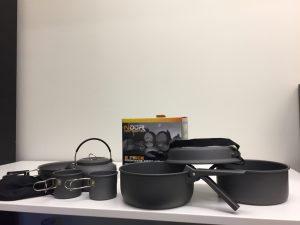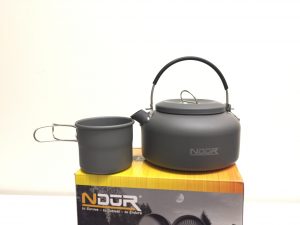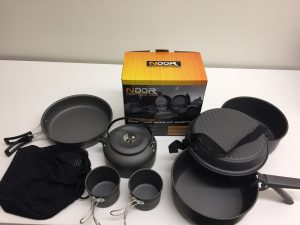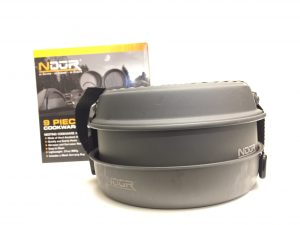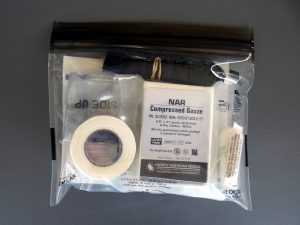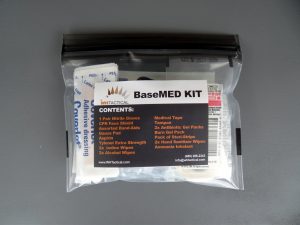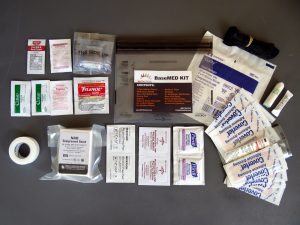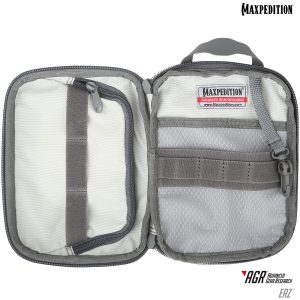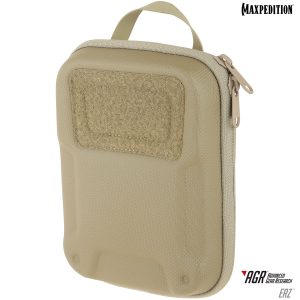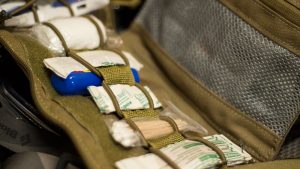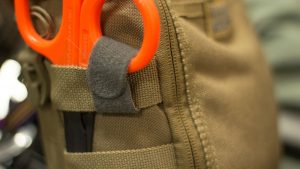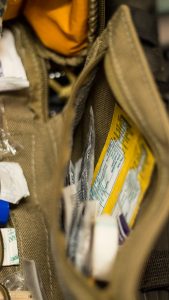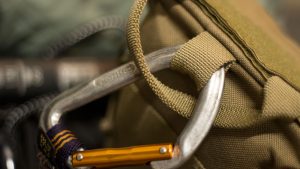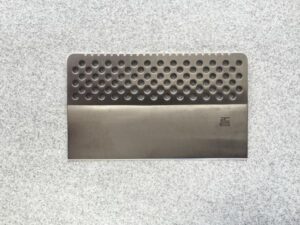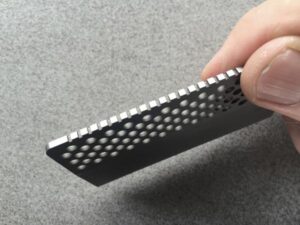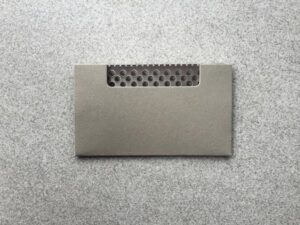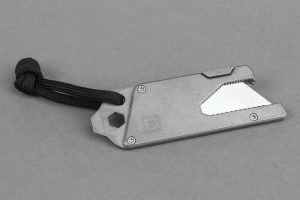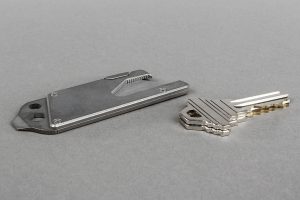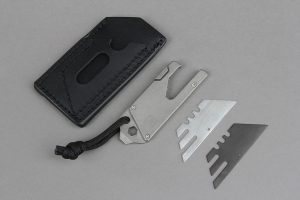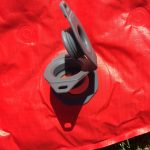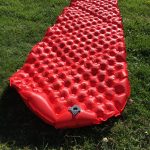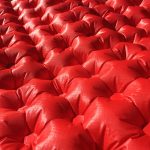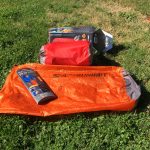We’re getting to know the Bushcraft series of books, because we already had “Bushcraft 101” by Dave Canterbury, then checked out “Advanced Bush Craft: An Expert Field Guide to the Art of Wilderness Survival” by Dave Canterbury, published by Adams Media. Now we’ve gotten our hands on the new one, “The Bushcraft Field Guide to Trapping, Gathering & Cooking in the Wild,” also by Dave Canterbury.
This one published October 1, 2016, so it’s brand new. And it’s also our favorite of the bunch. We had some criticisms of the past two books because the information Canterbury presents is focused on East Coasters and some of the information he chose to highlight didn’t seem that important. I’m happy to report that this one is full of more useful information. However, for advanced preppers or hunters, again, some of the information will seem silly. For instance, a list of veggies that can be carried that don’t require refrigeration, including potatoes.
I did love the diagrams of makeshift water filters using a two-liter soda bottle as a water filter or the tripod method using cloth. Using the bottle method, you cut the top off a bottle and invert it, layering fine to course sand and rocks to slow let water filter through.
If you have the opportunity to pack for your outing, there are many tips here that you can use. For instance, packing a few bags of spices or a box of Old Bay seasoning. He provides a long list of his favorite recipes that you can duplicate, such as jambalaya using ground sausage and fresh crawfish. There are extensive pages about ways to build cooking fires and stoves out of found materials, and “beyond the basics” of hunting which includes how to reload spent shells. My favorite parts of this book, which I thought were lacking in the previous book, was the short section including full color photos of edible plants and the foraging chapter. There’s also a section that goes more in-depth into trapping and butchering, which are key considerations for living off the land. Useful in this regard also is the chapter on preparing unconventional foods, such as insects. I ate crickets once at a Mexican restaurant in Las Vegas, and I can tell you that in this case that box of Old Bay would come in handy.
The foraging chapter is great info, provided you know how to identify the plants he’s talking about. If you don’t know how to identify yarrow, it won’t help you to know that it can be used as a natural insect repellent. I think that’s what’s the biggest source of frustration about these books, is that they are a mix of beginner and advanced knowledge, and sometimes where the line is drawn is a little arbitrary. For instance, if you’re already including full color photos of edible plants, why not include one of yarrow as well. On the other hand, this puts a lot of the responsibility on you, the reader, to make sure you know what plants grow in your area and how you might use them.
To wrap things up in a fun manner, I liked that there is a chapter on unconventional cooking, which includes things like cooking cheese bread on your car engine. This is something I’ve always wanted to try to do and this recipe has given me the push to try it. This is a book that you can just flip through and get something out of, if you want to learn how to make a stove out a tin can, for instance. But I recommend taking the time to sit down and read it, because there are lots of tips and tricks that even if you know, you might forget. For instance, I’m going to go around and gather sap, knowing that sap will burn for a long time. I know that I could heat up a can of beans on a fire of sap if I needed to. And I never would have thought that I could use a windshield reflector, the fold-up kind, to fashion a stove.
One thing that I think is a bit confusing about these books is that people who may not realize what they are buying will think they are getting a survival book. While many of the techniques such as making stoves and building utensils out of saplings can definitely be survival skills, there’s too many other things in the book that are not specific to survival, like what spices to keep on hand. However, there’s enough that is new and useful in this book that I recommend it for people who hunt and like to fashion what they use out of things they find along the way, or for people ho have a genuine interest in doing things in an off-the-grid manner, even if it’s just a weekend at a time.



